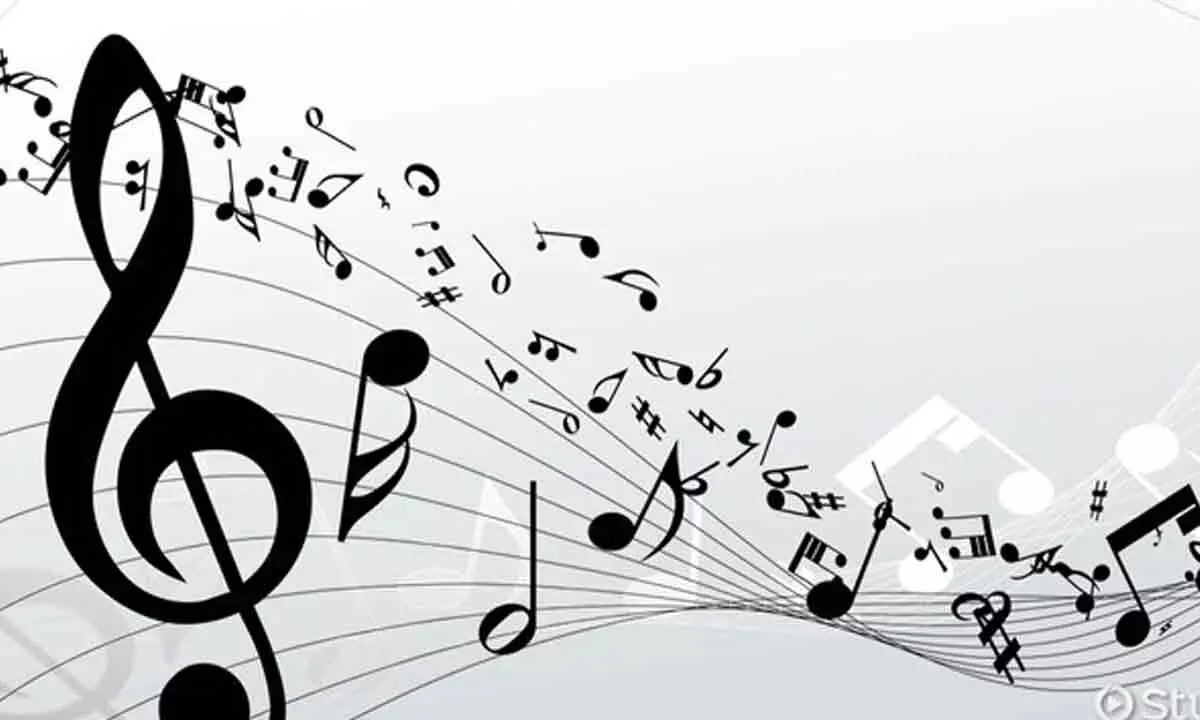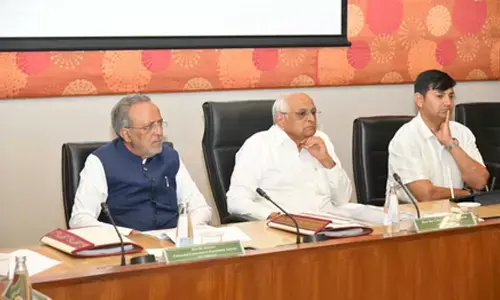Harmonising music and religion

Humble harmonium, the quintessential accompaniment to Indian music has a significant role in Sikhism. The instrument has sustained the kirtans at Gurdwaras since long.
Humble harmonium, the quintessential accompaniment to Indian music has a significant role in Sikhism. The instrument has sustained the kirtans at Gurdwaras since long. Harmonium made its way into Sikhism's holy places nearly 121 years ago. It entered the scene even as the teachers of string instruments were fading away during the British rule in India, it is said. The good days of the harmonium seem to be over.
The Akal Takht Jathedar Giani Harpreet Singh has asked the Shiromani Gurdwara Parbandhak Committee (SGPC) to phase out the harmonium within three years from Harmandir Sahib (Golden Temple). Those who have studied both Hindustani Sangeet and Gurmat Sangeet rue the demand. The harmonium brought about a revolution in the field of kirtan.
After India was taken over by the British, it was very difficult to learn to play string instruments for many reasons, including the lack of teachers, historians say. The art of singing kirtan could have become extinct among the common Sikhs if the harmonium hadn't filled the space. The harmonium has become the standard instrument in all Sikh musical worship (kirtan) performances and it seems inseparable from the Sikh musical experience.
In the mid-nineteenth century, however, the kirtan experience was considerably different. Until the early twentieth century, kirtanis performed kirtan on stringed instruments and adhered to a number of complex traditional musical themes and structures. Following the introduction of the harmonium, kirtanis became attracted to this instrument and in the space of 50 or 60 years, the harmonium became their instrument of choice.
Every day 15 hymn singers sing about 31 ragas over 20 hours at the Golden Temple. Only five have the experience to perform without the harmonium and use only string instruments, according to the tradition. Over 20 departments of Gurmat Sangeet in SGPC-run colleges have started training in string instruments recently. The Akal Takht does not want the harmonium now because it is not native to the religion nor region. It wants it to be replaced with the original string instruments at the earliest.
There is a view, however, that the practice of associating Gurmat Kirtan is with Namdhari only. It is said that very large majority of Namdhari jathaas do kirtan in Indian classical style rather than Gurmat kirtan. Hardly ever sticking to hukmi raag, they use other raags, many non-gurbani, which they have been taught in the gharana they are from.
It is also true that even at its height, some of the prominent darbaari Raagis had been very "mainstream" using vaajai and modern kirtan styles, one of the most famous was Darshan Singh Ji (Sant). Ironically, some recall, his son Harbans Singh Kola, reverted to Gurmat kirtan and swapped the vaaja for the Dilruba and started doing hukmi raag, although in later years he had also gone down the route of non-gurmat raag, but he still sticks to the devotional and puratan Dhrupad style. Anyway, fine arts always undergo transformation and impact every other sphere of life. Religion has its own rules. If the puritans seek a restoration of the 'old and the purer' form, so be it. A kirtan will be as sweet as ever with or without harmonium.














